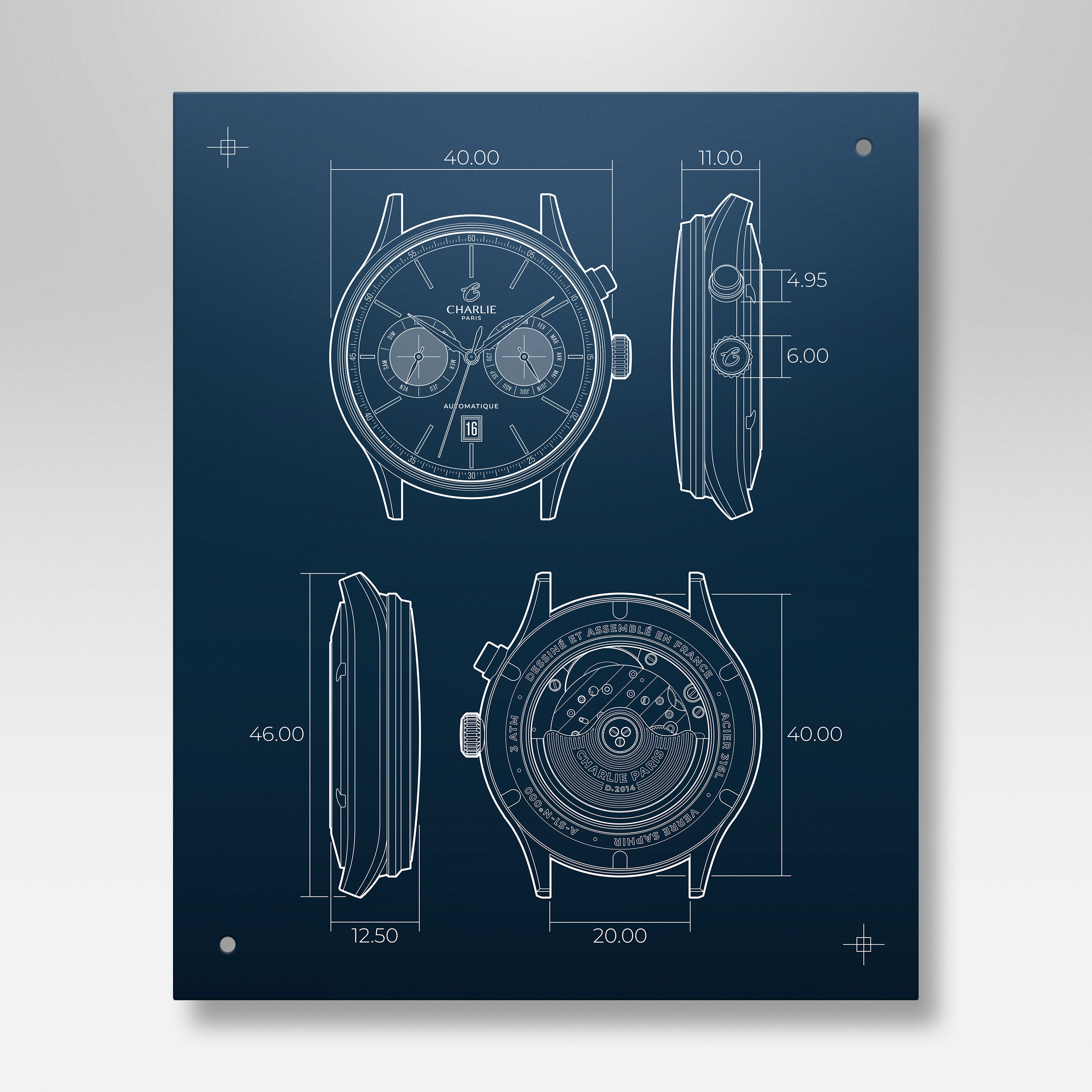
Who invented the watch and in what year?
Today, it is very easy for us to know what time it is, either through our watch or through technology. But before the first watch was invented, it was not easy to have an idea of the time. You had to wait until you went to a town to look at the single clock hanging in the bell tower. But then, who invented the watch and in what year? In this article, we will go back to the origin of the first watch to answer this question.
Peter Henlein, the inventor of the first watch
While clocks have existed since the 13th century, it was not until the 16th century that they were miniaturized and became the first watches. However, it should be mentioned that the first watch could not have been invented without the mainspring, a metal ribbon that stores energy and releases it by gradually relaxing. As it relaxes, it drives a gear system that allows the hands to turn on the dial. The spring thus replaces the weights and pulleys that allowed the clocks of the time to function. The first attempts were not conclusive, the watches went out of order after a week. That's why we had to wait until the 16th century, around 1510, for the first watch to see the light of day, thanks to Peter Henlein (1479-1542), a German watchmaker from Nuremberg. Far from resembling the watches we wear today, they were designed to remain in the pockets and had an egg shape and not a relatively flat disc that fits on our wrists like those of today. These early watches were called Nuremberg eggs, in keeping with the origins of its creator, Peter Henlein. Gradually, as they became flatter, they took the name of gusset watches, the gusset being the name given to the pocket provided for this purpose.
The first jewel watches
The watch is democratized among women at first by adapting to their necklaces, then in the nineteenth century, by miniaturizing in the form of ring. Reading the time when the watch was hung on their neck was not the most practical, the torticollis was almost assured. As you can see, the watch was used by women more as a fashion accessory than as a real time measuring tool.
The first wrist watches
The first wristwatch was created at the end of the 16th century, when the Earl of Leicester had the idea of attaching a bracelet to a watch as a gift to Queen Elizabeth I. At the end of the 19th century, the wristwatch began to be adopted because it was much more practical than watches worn around the neck. However, this accessory remained almost exclusively reserved for women, as the wristwatch was considered too effeminate by men of the time. It was not until the Boer War (1899-1902) and the First World War that the wristwatch was adopted by men. Indeed, the wristwatch proved its practicality during the fighting and was very popular.
Manual winding watch, automatic watch and quartz watch
The first watches were naturally manually wound. Every day you had to wind your watch to wind the spring again and thus allow the watch to function. The mechanical watch with automatic winding (named perpetual watch at the time of its creation) is born in 1778 thanks to Abrahal Louis Perrelet, so no need to wind his watch every night! This mechanism remains a technical feat for the time but does not develop. It is only in the XXth century with the arrival of the wristwatch that the automatic men's watch and the automatic women's watch are democratized and adopted in all watchmaking shops. The first quartz men's watch (battery operated watch) was created by Seiko in 1969. This technology increases the precision of watches and is a real revolution in the world of watchmaking.











Leave a comment
This site is protected by hCaptcha and the hCaptcha Privacy Policy and Terms of Service apply.